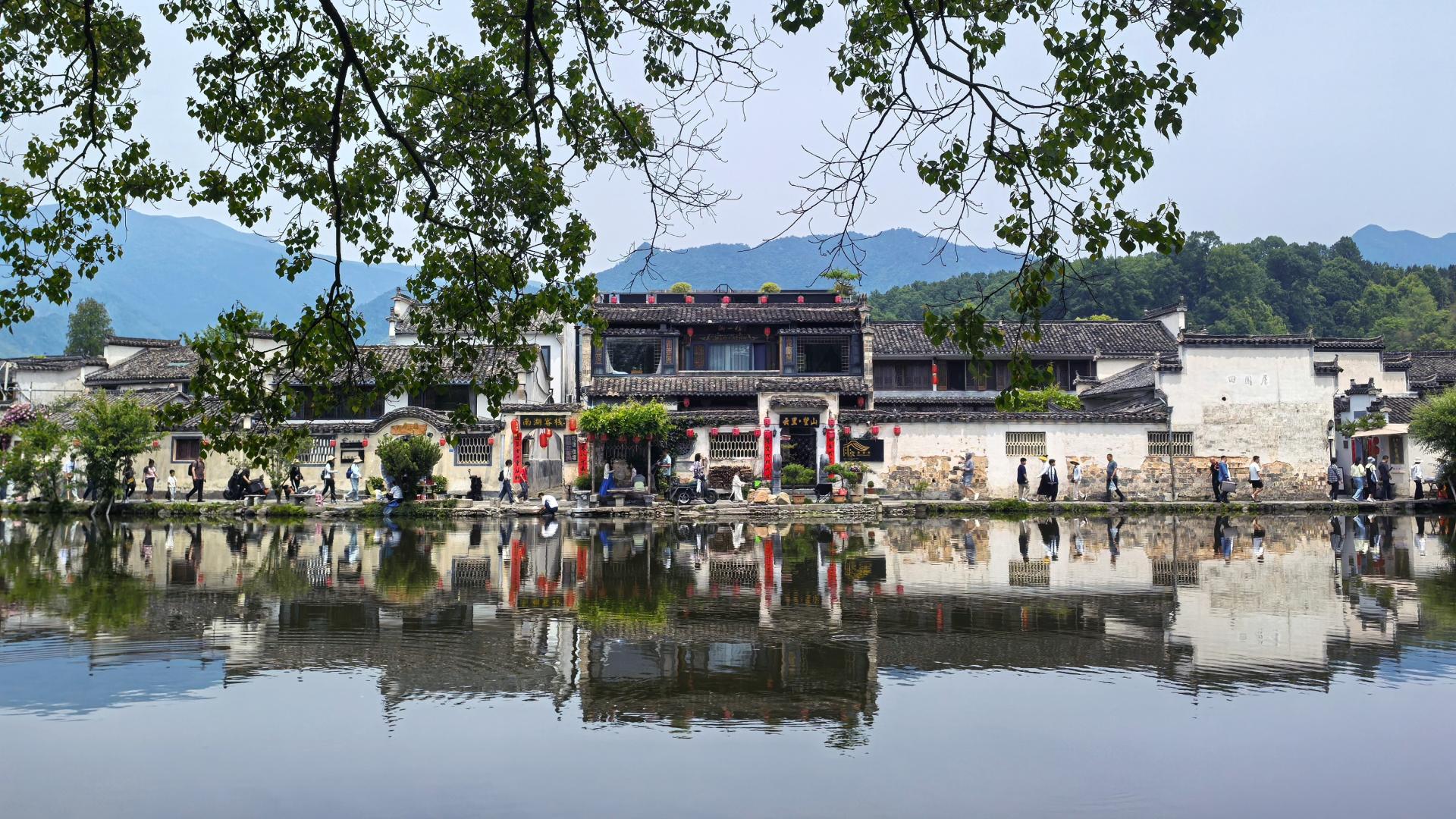Hongcun Village: A Historic Heritage Sparks Rural Revitalization and Tourism Growth
Hongcun Village in Anhui, a UNESCO World Heritage site, celebrates over 860 years of rich history and cultural significance.

Hongcun Village, nestled in the scenic embrace of east China’s Anhui Province, continues to captivate visitors with its unique blend of history, culture, and architectural ingenuity. Dating back more than 860 years, this ancient settlement stands as a testament to the enduring legacy of Huizhou culture and traditional Chinese craftsmanship. Recognized as a World Cultural Heritage site, Hongcun’s urban design is an extraordinary illustration of symbolic planning—its layout modeled after a reclining ox, with Leigang Mountain as the "ox head," trees as "horns," centuries-old buildings as the body, and intricate water channels forming the "intestines" that wind gracefully through the village.
The village is renowned for its exemplary Hui-style architecture, which paints a striking visual against the backdrop of tranquil lakes and lush mountains. Pristine white walls and inky black-tiled roofs create a harmonious interplay with nature, while detailed wood, stone, and brick carvings within the homes reflect a rich tradition of artistry. These architectural features do not merely serve aesthetic purposes—they embody a way of life refined over centuries, offering insight into the social and cultural milieu of ancient Huizhou.
In recent years, Hongcun has adeptly harnessed its cultural value to drive rural revitalization. Building on its heritage status, the village has pioneered the integration of historic residences into tourism through an innovative “intangible cultural heritage-homestay” model. This approach enables visitors to immerse themselves fully in local customs, from traditional handicrafts to folk performances. In 2024, two homestays in Yixian County gained national recognition as "Most Stunning Public Cultural Spaces," underscoring the region’s commitment to excellence in hospitality and cultural preservation.
The economic impact of these initiatives has been substantial. Local tourism accommodation consumption soared to 2.1 billion yuan (about $290 million) last year, a figure indicative of the booming interest in cultural tourism experiences. Authorities have further fostered this environment by curating exhibitions and interactive events that highlight the depth of Hui heritage, providing both educational and entertainment opportunities for guests. As tourism flourishes, it not only enriches the lives of villagers but also brings sustainable growth to the broader rural economy.
Hongcun stands today as much more than a relic of the past; it is a living, evolving community where tradition and innovation thrive side by side. The village’s success in leveraging its unique cultural assets to promote economic development offers a model for other rural areas seeking revitalization. As travelers continue to flock to this picturesque corner of Anhui, Hongcun remains a shining example of how preserving the past can build a prosperous future.




